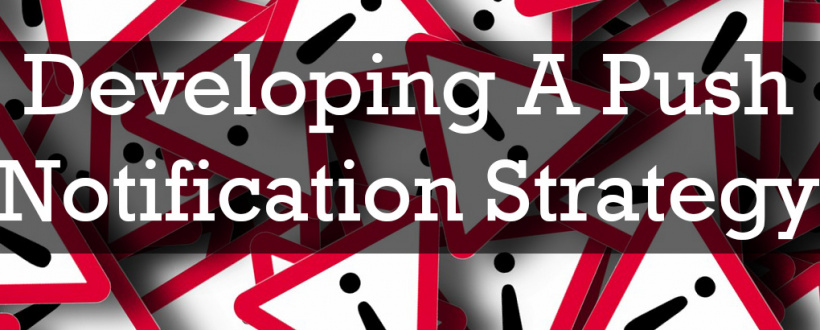According to recent research from Localytics, 52% of consumers consider push notifications to be nothing more than an “annoying distraction.” That’s not such great news for marketers.
Since push notifications are becoming harder and harder to escape, why not make them something your consumers actually want by using them to relay beneficial offers, promotions and information? It is possible to transform your push notifications from nuisances to necessities, you just have to put yourself in the shoes of your consumers. By doing so, you will build relationships with your followers while converting them into your future customers.
Here are three things mobile marketers should know before developing a push notification strategy.
Timing is Always Everything
Mobile marketers know that when it comes to performance, timing is everything. The same goes for push notifications. Avoid bothering your target audience at obvious times like holidays and late at night, and know their behaviors to determine what time garners the most response and engagement for your push. For example, if your target audience is mostly teenagers you should wait until after school hours to hit them with a push notification.
Personalization Prevails
There are a lot of different ways to personalize push notifications, and each depends on your audience. When Localytics asked survey responders what type of push they actually wanted to receive, three of the top responses all centered on the theme of personalization. To be exact, 48% of those surveyed said they would like to receive push messages that contain a special offer based on their specifications. Notifications customized to your consumers can be location-specific, relate to recent purchases or can just be slightly personalized to reflect user’s basic preferences.
Less is More
The quickest way to assure your push notifications are deemed annoying is by overloading consumers with way too many. It is hard to gauge exactly how many notifications are too many notifications, but it is best for mobile marketers to err on the side of caution by limiting how often an audience is being notified. Localytics found that by sending 2-5 push notification weekly to consumers, 46% will opt-out and disable push notifications. And by sending 6-10 messages weekly, 32% will stop using an app completely.
The exact science of push notifications is yet to be fully discovered and understood, but in a world that values being constantly connected and informed, you can bet that they are here to stay. Marketers looking to leverage the power of push notifications must do so strategically. If you have any questions or need help developing your push notification strategy, contact us today!
![]()


 With the rise of smartphones, the now archaic smiley face made from an assortment of symbols on your keyboard, known as an emoticon, has graduated into a full range of sophisticated-looking emojis that seem to represent every person, place or thing on the planet. Today nearly everyone is using emojis to create more entertaining conversations and personal interactions across every mobile platform. Like every other popular trend, brands are implementing smiley faces, tacos and cats into their digital presence as much as possible – some better than others.
With the rise of smartphones, the now archaic smiley face made from an assortment of symbols on your keyboard, known as an emoticon, has graduated into a full range of sophisticated-looking emojis that seem to represent every person, place or thing on the planet. Today nearly everyone is using emojis to create more entertaining conversations and personal interactions across every mobile platform. Like every other popular trend, brands are implementing smiley faces, tacos and cats into their digital presence as much as possible – some better than others.






